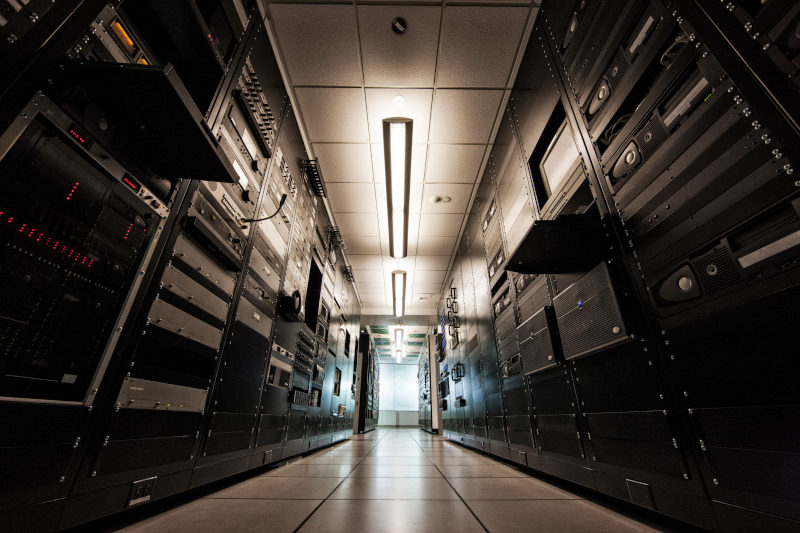The traditional “cradle to grave” packaging life cycle is becoming obsolete as circular packaging steps into the spotlight.
In today’s world, sustainability is essential, and the old linear approach to packaging—where materials are created, used and discarded—contributes to the growing waste crisis. On the other hand, circular packaging offers a smarter, sustainable solution that reduces waste, optimizes material use and positively impacts the environment.
So, what exactly is circular packaging, and how can it help you? Let’s break it down.
What Is Circular Packaging?
Circular packaging is part of a broader concept known as the “circular economy,” an economic model aimed at minimizing waste and making the most of resources. Unlike the traditional, linear economy, which follows a “take, make, dispose” pattern, the circular economy emphasizes keeping products, materials and resources in use for as long as possible. This approach seeks to create a closed-loop system where waste is reduced, resources are re-used and environmental impact is minimized.
Circular packaging focuses on the entire packaging life cycle, from design and material selection to disposal and re-use, ensuring that every step supports sustainability. It includes:
Reusable packaging that can be refilled or repurposed multiple times.
- Recyclable materials that are processed to create new products.
- Recyclable materials that are processed to create new products.
- Compostable options that break down naturally without harming the environment.
Benefits of Circular Packaging for the Environment
Circular packaging plays a crucial role in reducing the environmental impact of businesses. Here are a few key environmental benefits:
1) Reduces Waste: By designing packaging with sustainability in mind, businesses help reduce the amount of waste sent to landfills, decreasing their overall environmental footprint.
2) Conserves Resources: Circular packaging reduces the need for raw materials. Instead of relying on new resources, businesses can reuse existing materials, which helps conserve natural resources and energy.
3) Minimizes Carbon Emissions: Circular packaging often requires fewer resources to produce and can be designed for lighter transportation, which helps lower carbon emissions and energy use during the supply chain process.
4) Promotes a Healthier Ecosystem: Using compostable or biodegradable materials ensures that, if packaging does enter the environment, it breaks down without causing harm to wildlife or ecosystems.
How Circular Packaging Benefits Businesses Across All Industries
Beyond the environmental perks, adopting circular packaging can have tangible benefits for your business. Here’s how it can positively impact your operations–and bottom-line:
1) Cost Efficiency: While the initial investment may be higher with circular packaging solutions, it results in long-term cost savings. Reusable packaging, for example, reduces the need for constant reordering, while recycling programs cut down on material costs.
2) Improved Brand Image: Consumers are increasingly looking for companies that prioritize sustainability. By adopting circular packaging, your business can boost its reputation, attract eco-conscious customers and stand out in a competitive market.
3) Compliance with Regulations: Many industries are facing stricter regulations around waste management and sustainability. Circular packaging helps businesses meet these standards and avoid potential fines or penalties.
4) Streamlined Operations: Circular packaging involves designing products with efficiency in mind. This means optimized packaging that reduces storage space, transportation costs and product damage, leading to more streamlined logistics.
5) Innovation and Adaptability: Circular packaging encourages innovation in design, materials and business models. This gives companies a competitive edge by fostering creativity and adaptability in an ever-evolving marketplace.
Implementing Circular Packaging Solutions
If you’re new to circular packaging, here are some steps to get started:
1) Assess Your Current Packaging: Evaluate your existing packaging materials and processes. Identify areas where waste occurs and consider whether your packaging is reusable, recyclable or compostable.
2) Choose Sustainable Materials: Shift from single-use plastics to more eco-friendly materials like paper, bioplastics or recycled content. Look for materials that align with your business needs while supporting circular economy principles.
3) Work with Packaging Engineers: A packaging engineering company can help you design and implement circular packaging solutions tailored to your industry and operations. Their expertise ensures you adopt materials and systems that optimize both sustainability and functionality.
4) Educate Your Customers: Encourage your customers to return or recycle your packaging through education campaigns. Clear instructions and incentives can help close the loop and ensure your packaging is used to its full potential.
5) Track and Measure Your Impact: Measure the environmental and operational benefits of switching to circular packaging, such as waste reduction, cost savings or improved customer satisfaction. These metrics will help you make continuous improvements and further demonstrate your commitment to sustainability.
Circular packaging isn’t a trend—it’s the future of sustainable business practices. By transitioning to circular packaging solutions, businesses can reduce environmental impact, cut costs and improve brand image–all while supporting the planet.
Looking for ways to implement circular packaging in your business? SPG is here to help. We partner with global customers to optimize supply chains and reduce landed costs through engineered solutions. We specialize in innovative, custom packaging design and have developed sustainable packaging solutions for manufacturers across several industry sectors.
Our North American footprint means we’re able to assist you wherever you are. Feel free to reach out with any questions – we’re here to help. contact us!

